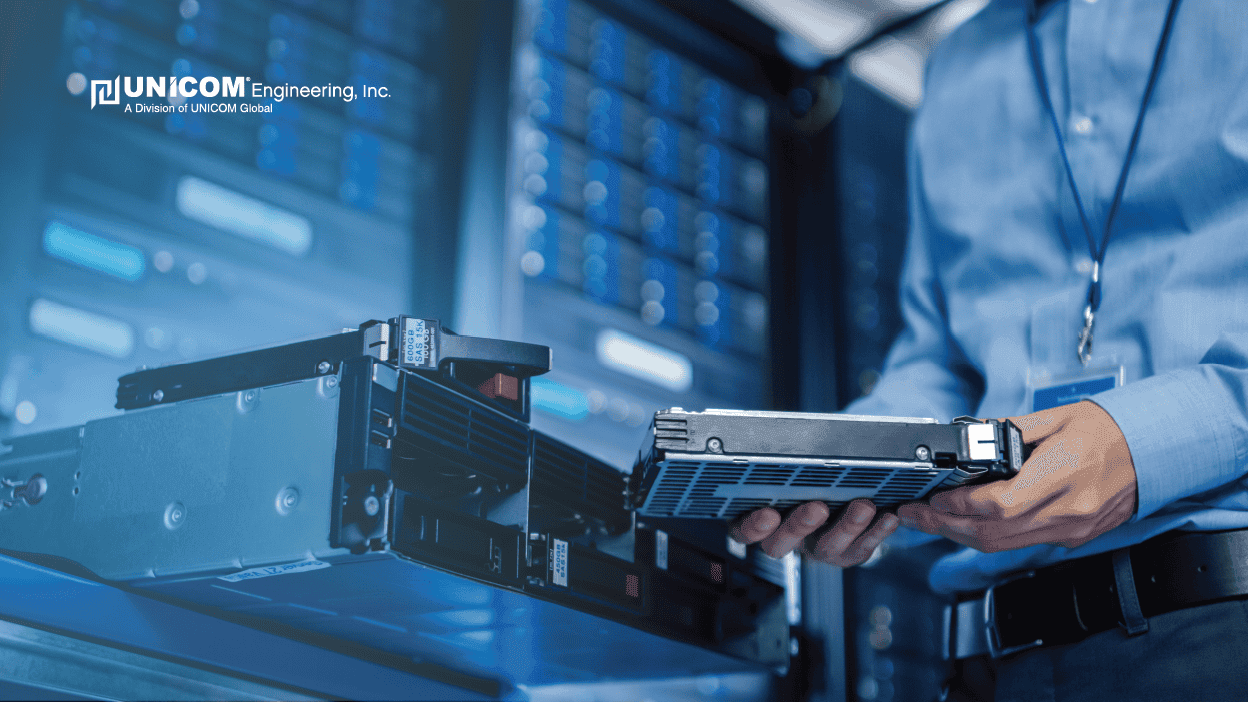Appliance models have revolutionized the world of enterprise-level application deployment. Without them, IT professionals faced an uphill battle during the installation process. Integrating the software or application requires unique, proprietary solutions with nearly every deployment. This situation caused almost infinite complexity regarding performance, let alone support and servicing when a problem arose.
Since then, more and more solutions developers have turned to appliances. Their onboard hardware design allows for consistent, repeatable performance in various deployment environments. They can also be scaled for rapid integration based on an end-user's desired performance tier or their specific industry requirements.
With other enormous benefits, enterprises have increasingly been demanding appliance-based solutions from ISVs and solutions developers to reduce risk and performance variables.
What Appliances Have to Offer
Unlike typical software installs, appliances maintain their own stable, isolated environment. Since these devices operate as discrete environments, there is no need to deal with complex configurations upon installation. Server teams can simply plug in the appliance, configure a few options through a simple interface, and have their new appliance integrated and functional in rapid time.
Additionally, the performance of the software is determined less by the installation environment and owner behaviors when installed on an appliance. Almost all needed memory, processing power, heat management, and networking hardware are built-in. Adding functionality, like additional storage, to the appliance can be as simple as plugging in extra hardware and changing configurations.
Most importantly, isolating software offers software vendors more control over the actual capabilities of their products. Closed-off operating systems are less vulnerable to tinkering or mistakes that lead to catastrophic performance failures. As end-users add additional hardware or software to their environment, interactions between the appliance and other components remain isolated, allowing for rapid identification of performance bottlenecks or integration issues.
Another positive for both end-users and developers is the ability to readily spec out different appliance tiers based on the specific needs of the intended deployment. For instance, rarely-needed applications can be assigned minimal onboard memory in a bargain-priced appliance. On the opposite end, applications needed for intensive operations like real-time analytics can be configured with large DDRM stores in addition to NVMe ports for integration with the latest NVM storage hardware.
All these benefits create a more positive user experience while delivering more on solution developers' promises.
Building Software and Solutions as an Appliance with UNICOM Engineering
UNICOM Engineering has the hardware know-how, integration expertise, and economies of scale to make appliance builds for solutions vendors extremely cost-effective. By considering the various demands of the deployment environment, we can help you devise the perfect appliance to make your solution more powerful and capable than ever.
We also offer testing, global logistics, customer support, and business analytics to improve your operation. Customers are happier, your custom branding helps build your reputation, and your deployment needs can be met with a high level of specificity across a broad range of appliance configurations and end-product price points.
Learn more about the appliance model and its inherent benefits by downloading the Delivering software as a Purpose-built Appliance white paper. We also encourage you to. Contact us today to continue the discussion.
